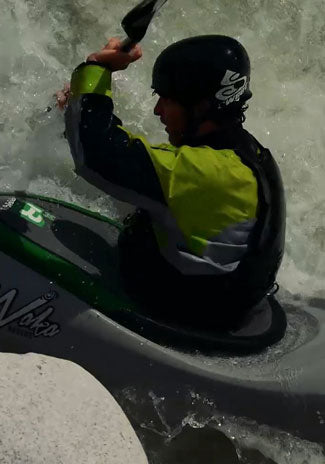
Video How To: Choose a Whitewater Kayaking Paddle
Choosing the right whitewater kayaking paddle is an important decision. Nolan from the Next Adventure Paddle Sports Center explains how these paddles can affect your performance, give you greater comfort, control, and allow you to spend more time on the water.

